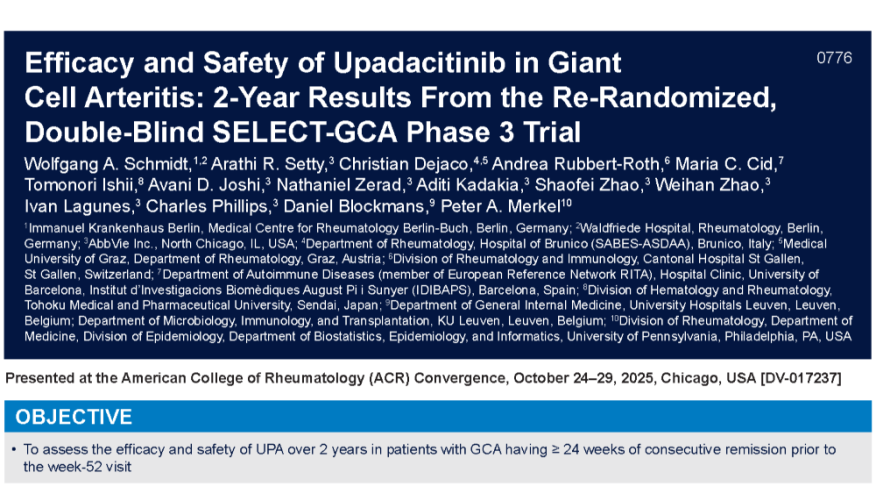Risk vs. Benefit Lessons from the ORAL Surveillance Study Save

In an editorial in the current edition of the NEJM, Dr. Jasvinder Singh comments on the Oral Surveillance trial (Ytterberg et al.), a 4-year randomized, open-label, noninferiority, postauthorization, safety end-point trial, in high risk active rheumatoid arthritis patients over age 50 years.
The trial showed that tofacitinib use was associated with a greater risk of major adverse cardiovascular events (MACE) and cancers (excluding nonmelanoma skin cancer [NMSC]) , with noninferiority (of tofacitinib vs TNF inhibitor) not shown (hazard ratios of 1.33 ; 95% confidence interval 0.91 to 1.94) for MACE and 1.48 (95% CI, 1.04 to 2.09) for cancers. the number need to harm (NNH with 5 years of treatment, was 113 and 55 patients for one additional MACE and cancer, respectively.
Singh points out that while ORAL Surveillance showed higher risks of MACE and cancer with tofacitinib than with a TNF inhibitor, there is no clear mechanism of action is evident or proven currently for this safety signal. Instead, the difference in MACE risk (tofacitinib vs. TNF inhibitor) may in part be due to better reduction in cardiovascular risk with a TNF inhibitor.
The cancer outcomes in this trial are also obfuscated by the ability of rheumatoid arthritis to increase the risk of certain cancers, especially lung, lymphoma and skin. Cancer is a boxed label warning for TNF inhibitors and in those cases the greatest risk was seen for lung, lymphoma and skin. Patients treated with tofacitinib in ORAL Surveillance trial had more cancers, but also in the same distribution as that seen with RA, TNFi in the past - more lung, lymphoma and skin cancers.
These finding makes tofacitinib a nonpreferred drug for rheumatoid arthritis who have not yet taken a TNF inhibitor or in those with current or previous cancer or those at risk for cancer.
He points out that the results of ORAL Surveillance do not apply to the following subpopulations of RA patients:
- those younger than 50 years of age,
- those 50 years of age or older but with no additional cardiovascular risk factors,
- those with an incomplete response to or unacceptable side effects from a TNF inhibitor.
He concludes with "The increase in risk with tofacitinib as compared with TNF inhibitors must be balanced against patient preferences for oral medication".
Join The Discussion
I want to point out that we have a grreater than 20 year lookback period with TNF inhibition that suggests that they do not appear to increase the risk of lymphoma over the control RA database, only the SEER database. Thus, Dr Singh pointing out the label warning on TNFs for cancer does not pertain to the same data found in the ORAl trial. Mechanistically , it can not be ignored that there is a stronger change to the lipid profile with Tofa than with tofa, and although this has previously been downplayed as " no endpoint effect " is seen , we clearly now have at least a possible link between an unfavorable lipid change and MACE events. Who does the get compensation from as an advisor.
Sorry for the typos:
1. "lipid profile with Tofa than with TNFs"
2 " who does the author get compensation from"
Certainly, the conclusions presented by this study and the resultant warning give clinicians pause when considering the order of applications, i.e., TNFi before tsDMARDs. It has long been my understanding that the increase in both cancers (particularly lymphomas) and MACE in RA correlates with uncontrolled inflammation. Does this data suggest indirectly that tsDMARD therapy is inferior to TNFi in the global control of inflammation in RA? Perhaps that is another conceptual reason to select a TNFi first, strategically.











If you are a health practitioner, you may Login/Register to comment.
Due to the nature of these comment forums, only health practitioners are allowed to comment at this time.